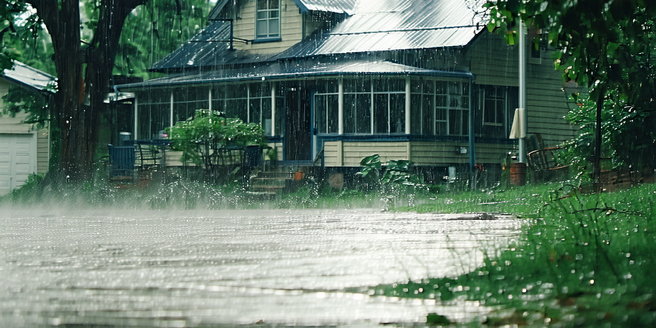
Understanding the Importance of Weatherproofing
Weatherproofing your home is essential to protect it from the elements and maintain energy efficiency. Without proper weatherproofing, your home can suffer from structural damage, water infiltration, and increased utility bills. A well-weatherproofed home can prevent drafts, moisture buildup, and insect infestations. It ensures your living space is comfortable and reduces the risk of damage caused by harsh weather. Investing in weatherproofing not only enhances your home’s value but also contributes to a sustainable environment by reducing energy consumption. Start by evaluating potential vulnerabilities and take proactive steps to shield your home from external factors.
Identifying Vulnerable Areas in Your Home
Identifying the areas susceptible to weather damage is the first step in effective weatherproofing. Windows and doors are common weak points where drafts and leaks can occur, so check for gaps and seal them properly. Inspect the roof for any missing or damaged shingles and ensure gutters are clean and functional. Evaluate the basement and foundation for cracks that could lead to water ingress. Walls, attics, and crawl spaces should be insulated adequately, as they are major sources of heat loss. By addressing these weaknesses, you can reinforce your home’s defenses against adverse weather conditions.
Essential Tools and Materials for Weatherproofing
Proper weatherproofing requires specific tools and materials to ensure effectiveness. Start with a quality caulking gun and weatherproof sealant to fill gaps and cracks around windows, doors, and other openings. Weatherstripping is vital for sealing moving parts like door sweeps and window sashes. Insulating materials such as foam boards or rolls can help insulate attics and walls. A hammer, utility knife, and tape measure are essential for cutting and fitting insulation. Additionally, consider using a moisture meter to detect hidden leaks and a ladder for hard-to-reach places. Equipping yourself with the right tools makes the process more efficient and ensures thorough protection.
Step-by-Step Guide to Sealing Windows and Doors
Sealing windows and doors is a crucial step in weatherproofing your home effectively. Begin by inspecting these areas for drafts or visible gaps. Use weatherproof sealant and a caulking gun to fill any cracks along the edges. Apply weatherstripping to movable parts, such as door sweeps and window sashes, for additional protection. Ensure that window glazes are intact and reapply if necessary. Replace old or brittle seals with new ones, and make sure to cover every corner. Testing for drafts using a candle flame can confirm the effectiveness of your sealing efforts. A well-sealed window or door can drastically reduce heat loss and improve energy efficiency.
Insulating Walls and Attics for Optimal Protection
Insulating your walls and attics is vital for retaining heat and reducing energy bills. Start by selecting suitable insulation materials like fiberglass, foam boards, or spray foam. Measure the areas you need to insulate to determine how much material you’ll require. When insulating walls, consider blowing insulation into cavities to cover areas behind drywall. For attics, spread insulation uniformly to achieve a consistent thickness. Pay attention to commonly missed spots, such as space around electrical wiring and ducts. Effective insulation keeps your home comfortable year-round and reduces the energy needed for heating or cooling.
Regular Maintenance Tips for Long-Lasting Results
Regular maintenance is key to keeping your home weatherproofed and in good condition. Check seals and insulation periodically, especially before and after seasonal changes. Inspect windows and doors for drafts that could undermine your efforts. Look for signs of wear, such as peeling caulk or brittle weatherstripping, and replace as needed. Clean gutters regularly to prevent water damage and inspect roofing for missing or damaged shingles. Keep an eye on basement and foundation cracks, addressing any that appear to prevent water ingress. Proper maintenance ensures that your weatherproofing efforts remain effective, safeguarding your home against the elements and contributing to a comfortable living space.
